"या शिव कैलाश में, या शिव नलास में: A Journey of Devotion and Cultural Heritage to Nalas Shiv Mandir, Rajpura
नजदीक राजपुरा के नलास में स्थित, सौ फुट से भी ऊँचा मंदिरमणि भगवान शिव के भव्य भव्य स्थल का भक्ति और सांस्कृतिक विरासत का एक अनुभव
Significance of Shravan Month for Lord Shiva
The month of Shravan in the Indian calendar, also known as Sawan, holds immense significance for the worship of Lord Shiva. It is revered as the holiest month dedicated to Shiva, with the belief that worship during this period is 108 times more powerful than on ordinary days. According to ancient legend, the Samudra Manthan, or the churning of the ocean, occurred during Shravan. During this event, Lord Shiva drank the deadly poison Halahala (हलाहल)1 that emerged, saving the universe and earning the name Neelkantha due to his blue throat. To alleviate the poison's effects, the devas offered Ganga water to him. Additionally, Shravan is significant as it marks the rebirth of Sati, Shiva's first wife, as Parvati. She devotedly fasted and worshipped Shiva on Mondays, ultimately winning his favour and leading to their divine marriage. Thus, the month is imbued with religious and spiritual significance, celebrating Shiva's protection and compassion.
Major Shiva Festivals in Shravan 2024
Several important festivals dedicated to Lord Shiva are observed during Shravan. Notably, Shravan Somwar Vrat, involving fasting and worshipping Shiva on Mondays, is considered extremely auspicious. The dates for Shravan vary regionally: in North India, it spans from July 22 to August 19, 2024, while in the rest of India, it runs from August 5 to September 3, 2024.
Key observances during this month include Shravan Somwar Vrat on Mondays and Mangala Gauri Vrat on Tuesdays. Other significant dates are Sawan Shivaratri on August 2, Nag Panchami on August 9, and Raksha Bandhan on August 30. In summary, Shravan, dedicated to Lord Shiva, will be observed from July 22 to September 3, 2024. Devotees will engage in fasting, prayers, and rituals, especially on Mondays, to seek Shiva's blessings for spiritual growth and well-being.2
Resharing my Pilgrimage to the Abode of Lord Shiva
Since the month of Sawan (Sawan Sangrand), according to the Nanakshahi Sikh calendar, began on 16th July, many people in Punjab and Haryana, as well as in North India, are currently observing the holy month of Shravan. This inspired me to re-share an article I wrote a year ago during this same month, following my visit to the ancient Shiv Mandir near Rajpura in Punjab.
The Previous Diary Continues……..
Today3, in the sacred month of Shravan (or Sawan), I embarked on a journey to the famous Nalas Shiv Mandir, an ancient Hindu temple dedicated to Lord Shiva. As a Sikh by faith, this spiritual pilgrimage evoked intense devotion within me and filled me with pride for Punjab's rich cultural heritage.
Located in the village of Nalas, in the tehsil of Rajpura, district Patiala, Punjab, the temple stands near the national highway (GT Road, formerly NH 1), just a short distance away. The imposing statue of Lord Shiva, gazing down benevolently upon his devotees as they enter the temple complex, creates an atmosphere of divine presence and reverence. The intricate beauty of the red sandstone and marble carvings adorning the premises captivated me, showcasing the remarkable craftsmanship and setting the tone for the spiritual journey ahead.
The temple's renowned slogan, "या शिव कैलाश में, या शिव नलास में।" meaning "Either Shiva resides in Kailash or Shiva resides in Nalas," further intrigued me, emphasizing the temple's significance and inspiring devotion among its followers.
As I delved into the temple's history, the legend narrated within its walls transported me back over 550 years, to a time before Mughal rule in India. The area, once covered by dense forests, was the abode of an ascetic named Karam Giri, supported by the local "gwalas" who tended to their cows.
One day, a concerned "gwala" noticed a decline in the milk production of his prized cow, Nandini. Determined to find the cause, he followed the cow into the forest and discovered it spontaneously yielding milk near a thorny bush. Clearing the bushes with his axe, he struck a heavy stone, which immediately seemed to trigger intense lightning and thunder in the heavens above. This thunder that accompanied the clang of metal against stone also broke the meditation of the ascetic, Karam Giri, who proclaimed, "I have had प्रत्यक्ष darshan of Bhagwan Shankar!" The news of this extraordinary event spread throughout the village, and eventually the entire local area, leading to the discovery of a massive "shivling" beneath the bush. The entire village sought forgiveness from Lord Shiva, being filled with both remorse and devotion.
Simultaneously, the local Raja received a telepathic message (आकाशवाणी) instructing him to construct an impressive temple in the vicinity. Accompanied by his entourage, the Raja embarked on an elephant and was astonished when the majestic animal halted precisely at the spot where the "shivling" was discovered, refusing to move further. This divine signal confirmed the exact location for the shrine's construction.
With the patronage of the royal family and contributions from the people of Nalas and surrounding areas, an awe-inspiring temple dedicated to Lord Shiva was soon erected. The consecrated "shivling," still bearing the distinct mark made by the axe that struck and uncovered it, remains steadfast in its original spot. The temple compound now showcases a towering statue of Lord Shiva, standing over a hundred feet tall, complementing the beautifully carved stone architecture that adds to its grandeur.
Under the guidance of Mahant Lal Giri ji, the chief priest, and supported by a dedicated staff, the temple's day-to-day rituals and sacred ceremonies are performed with utmost reverence and devotion. While I visited the temple in the forenoon and could not attend the evening "aarti," it is said to be resplendent and radiant, creating an atmosphere of serenity and divinity.
Among the many festivals celebrated at Nalas Shiv Mandir, Maha Shivaratri stands out for its unparalleled fervor, attracting pilgrims and devotees from all corners of the country. Additionally, Mondays, dedicated to Lord Shiva, draw a steady stream of visitors seeking solace and blessings. The temple complex offers ample parking and shops with items for ritualistic worship, while a spacious langar hall provides an opportunity for community meals. The temple compound is meticulously maintained, and the cleanliness is truly commendable.
Having heard of the Nalas Shiv Mandir during my tenure as the Additional Deputy Commissioner of Patiala in 1988-89, I felt incredibly fortunate to finally have the opportunity for a complete darshan today. Immersing myself in the sacred atmosphere, I experienced an overwhelming sense of divine energy and devotion. Truly: "या शिव कैलाश में, या शिव नलास में।"
Click on the icon above to share with Shiv Bhakts and others who might appreciate.
Reflecting on the peaceful coexistence of all faiths in Punjab, Nalas Shiv Mandir stands as a symbol of unity and respect for diverse beliefs. Regardless of one's religious affiliation, I highly recommend visiting4 this sacred temple, especially in the month of Shravan, which not only evokes devotion but also celebrates Punjab's rich cultural heritage.
Om Namo Shiva! 🙏🏻🙏🏻🙏🏻😇😇😇🙏🏻🙏🏻🙏🏻5
It is not related to or to be confused with the Islamic term "Halal" which refers to what is permissible under Islamic law. Halahala is a Sanskrit word referring specifically to this mythological poison.
Although the month of Shravan is primarily dedicated to Lord Shiva, two other festivals dedicated to Lord Vishnu also fall in this month, underscoring the complementary nature of Hindu theological belief and the holy trinity. Kamika Ekadashi, occurring in the Krishna Paksha of Shravan, is observed to pardon sins and attain moksha. Pavitropana or Putrada Ekadashi, observed in the Shukla Paksha, is particularly significant for married couples seeking the blessing of a son. The legend associated with Putrada Ekadashi tells of King Mahijit, who, upon sage Lomesh's advice, observed this fast with his queen and was blessed with a son by Lord Vishnu. Thus, while Shravan is sacred to Lord Shiva, these Ekadashis highlight the interconnected devotion to Lord Vishnu within the broader context of Hindu worship.
Travel Tips: If travelling from Chandigarh, use the national highway and exit to the left between Banur and Rajpura, and turn right through the underbridge onto the road that leads to the thermal plant.
Also accessible from New Delhi-Ambala-Ludhiana-Amritsar National Highway (GT Road, previously described as NH1). Exit around Rajpura— signage is not very good.
Google location is as below, but Google Maps may not be 100% reliable.
https://maps.app.goo.gl/JfbpnGEvARMmtZeU6?g_st=ic
The Temple closes around 12:30 PM mid-day (Google Maps says 11:45AM). Try and be as early as possible.
If you want to attend the evening “aarti”, arrive early and be familiar with the way back— it gets dark and there’s no streetlight on the village link roads connecting to the highways.
Largest Shivling in India: Bhojeshwar Temple, built by Raja Bhoj
Title: "An Unforgettable Journey Through Time: Raja Bhoj, the Bhojeshwar Temple, and My Tryst with History" As an Election Observer during the hustle and bustle of the 2014 Lok Sabha elections, my journey led me to the heartland of Madhya Pradesh. Amidst the cacophony of politics and the whirlwind of public service, I chanced upon a timeless monument tha…




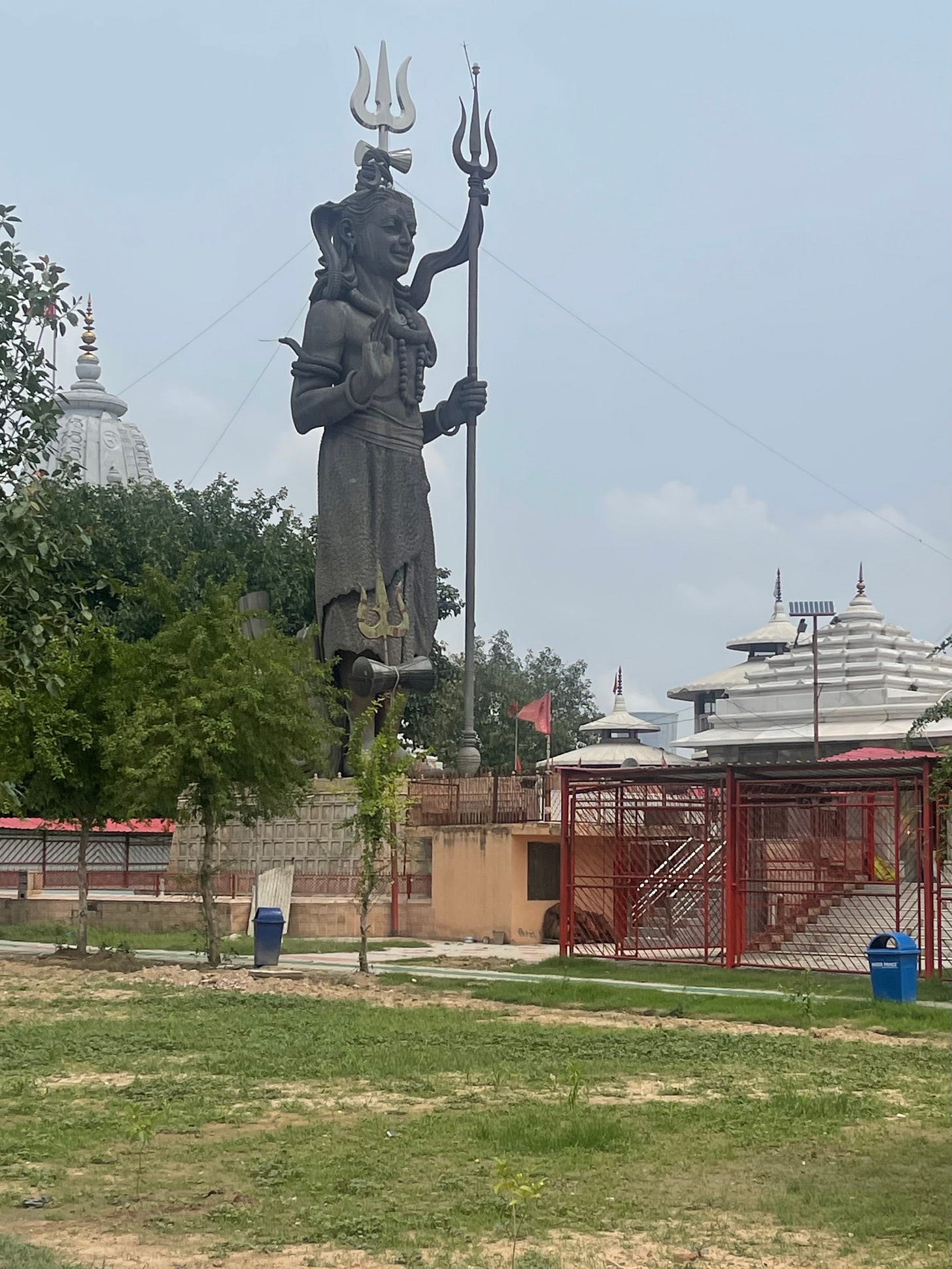
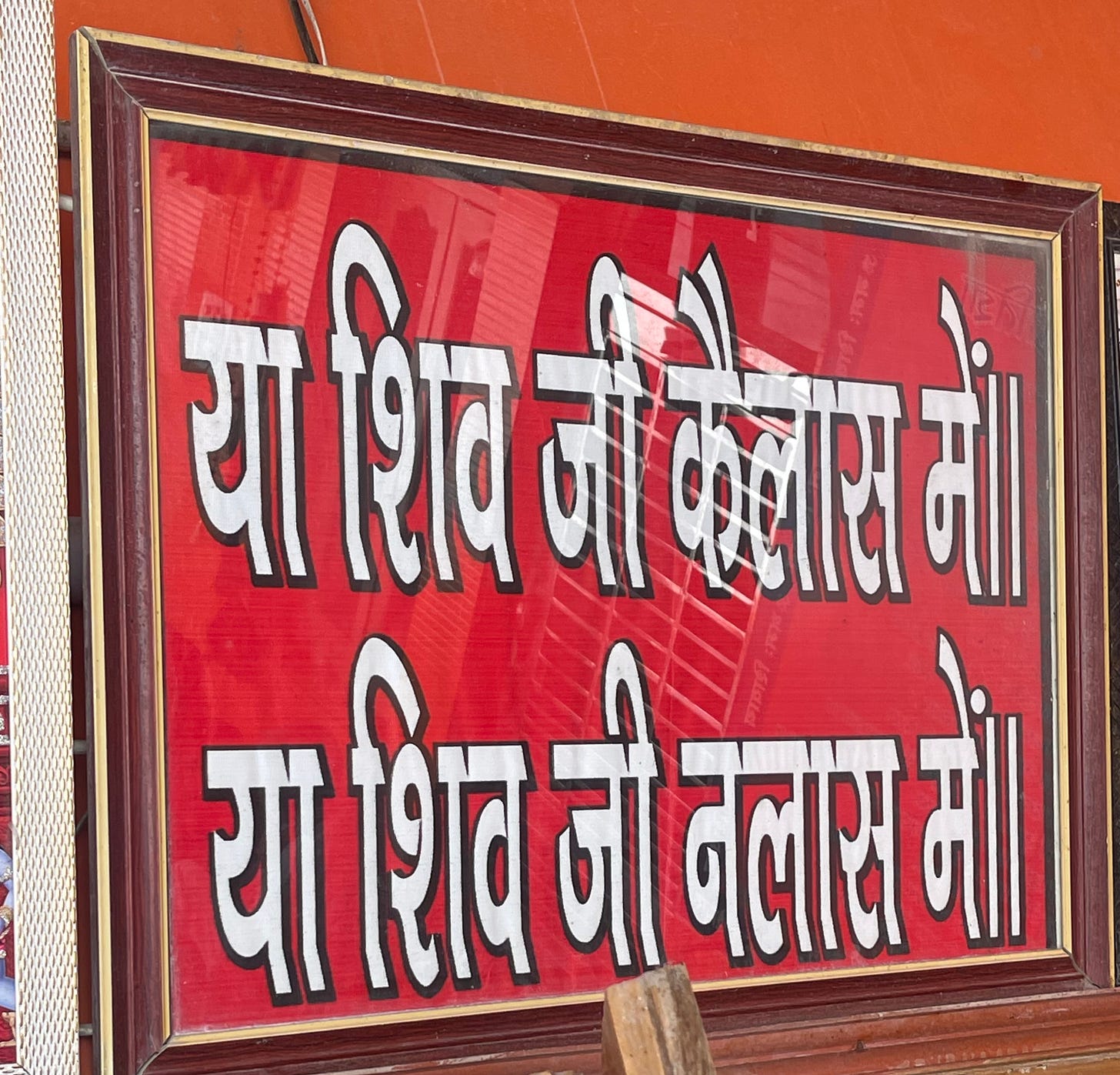
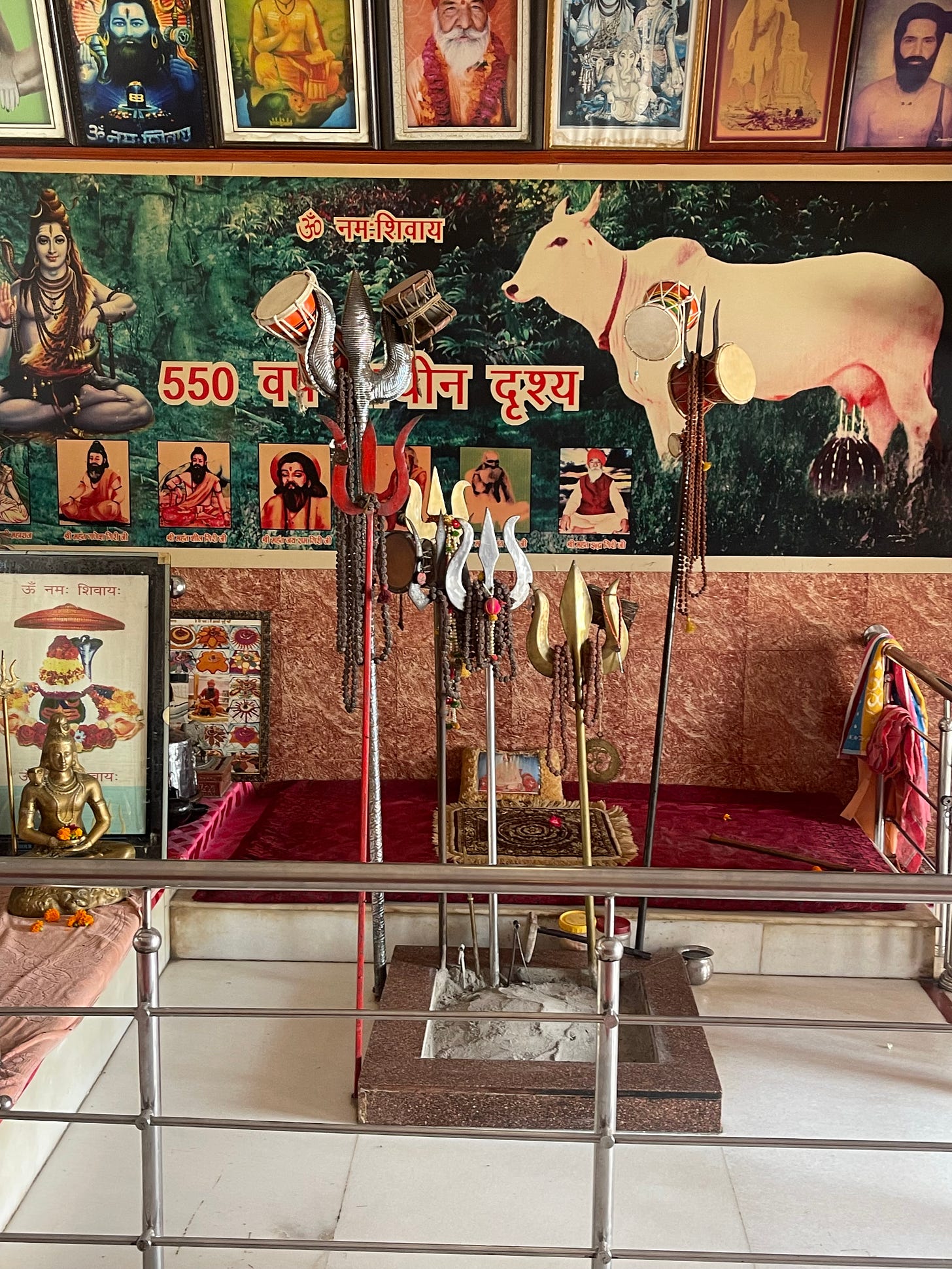
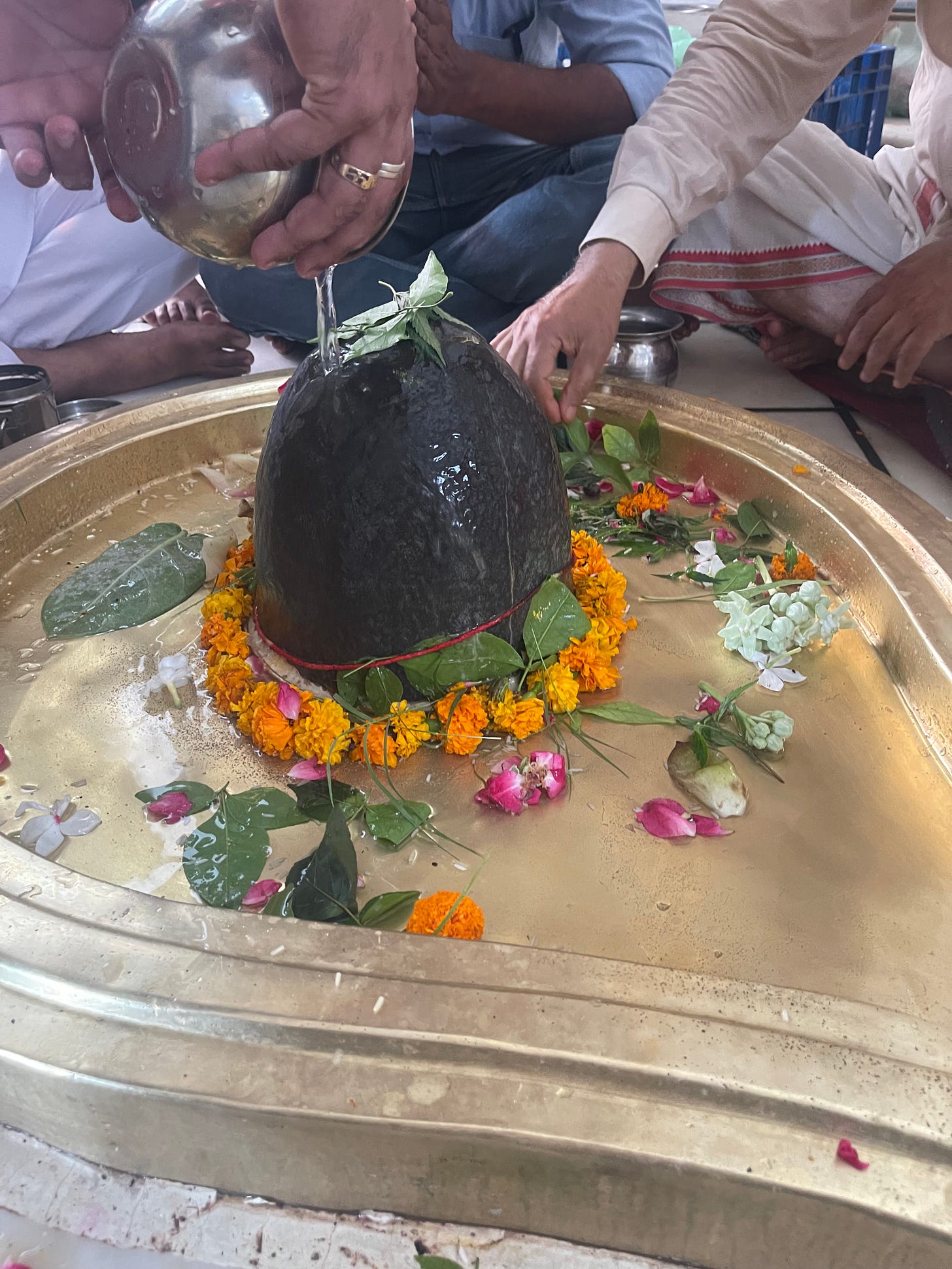
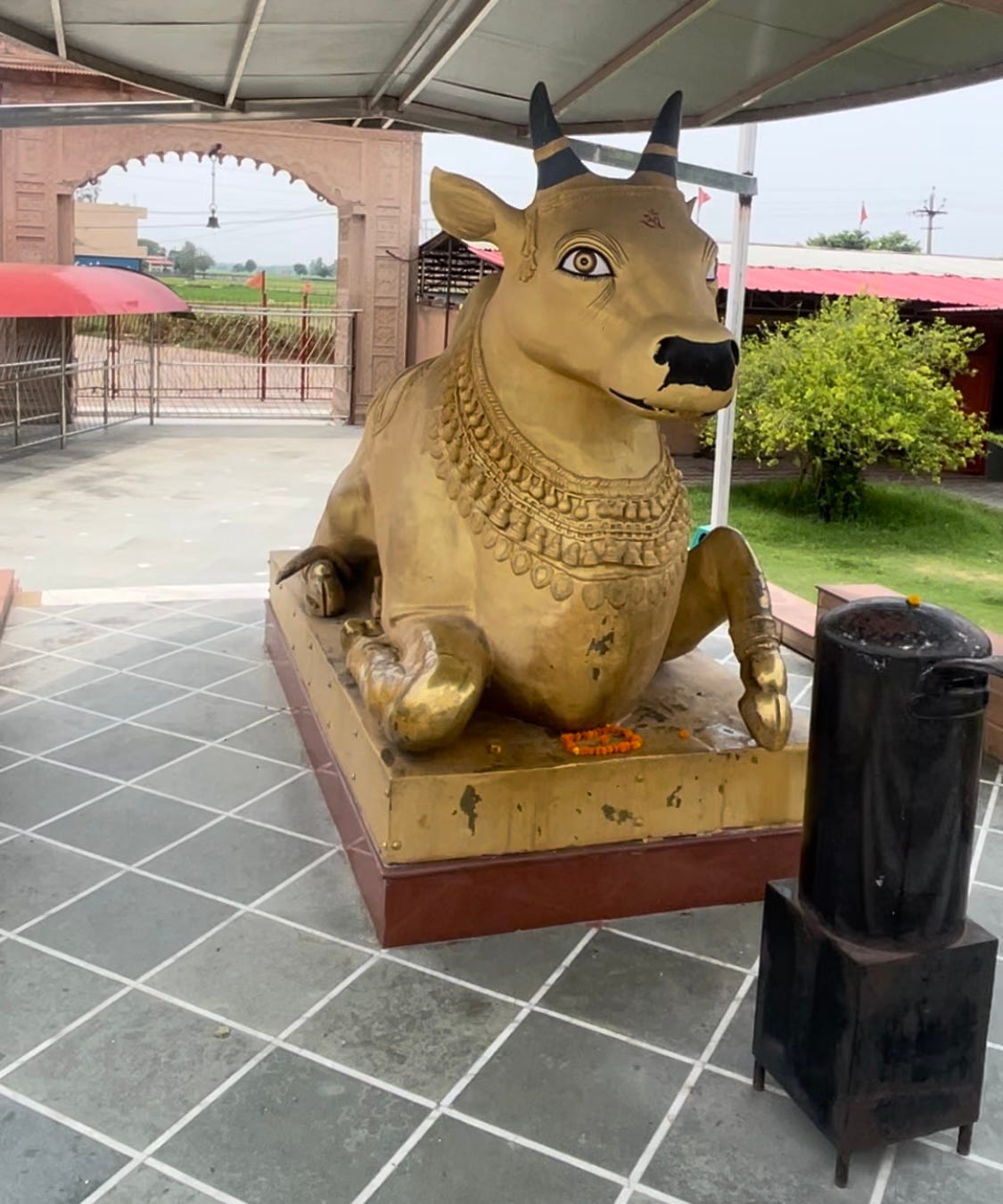
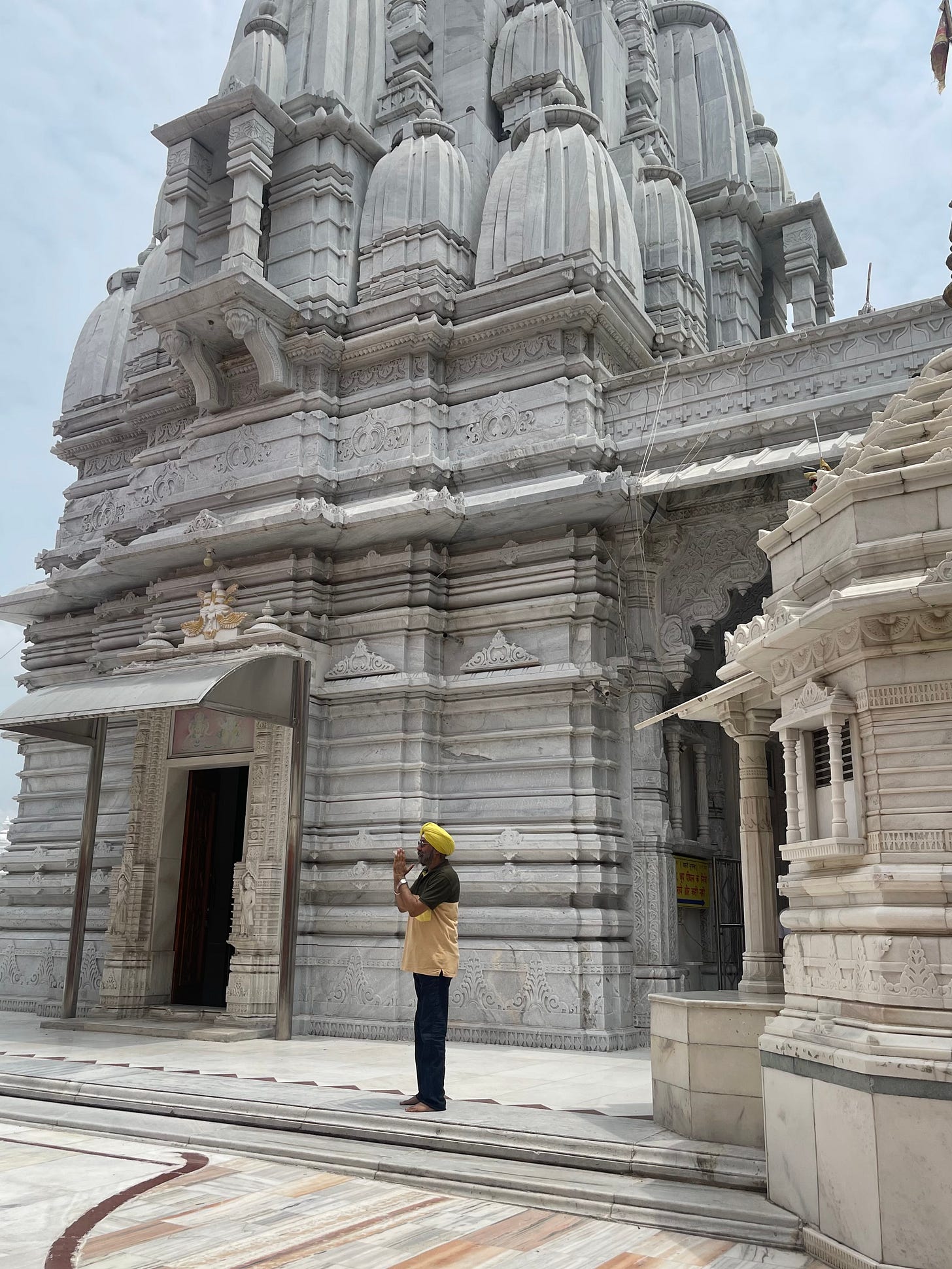
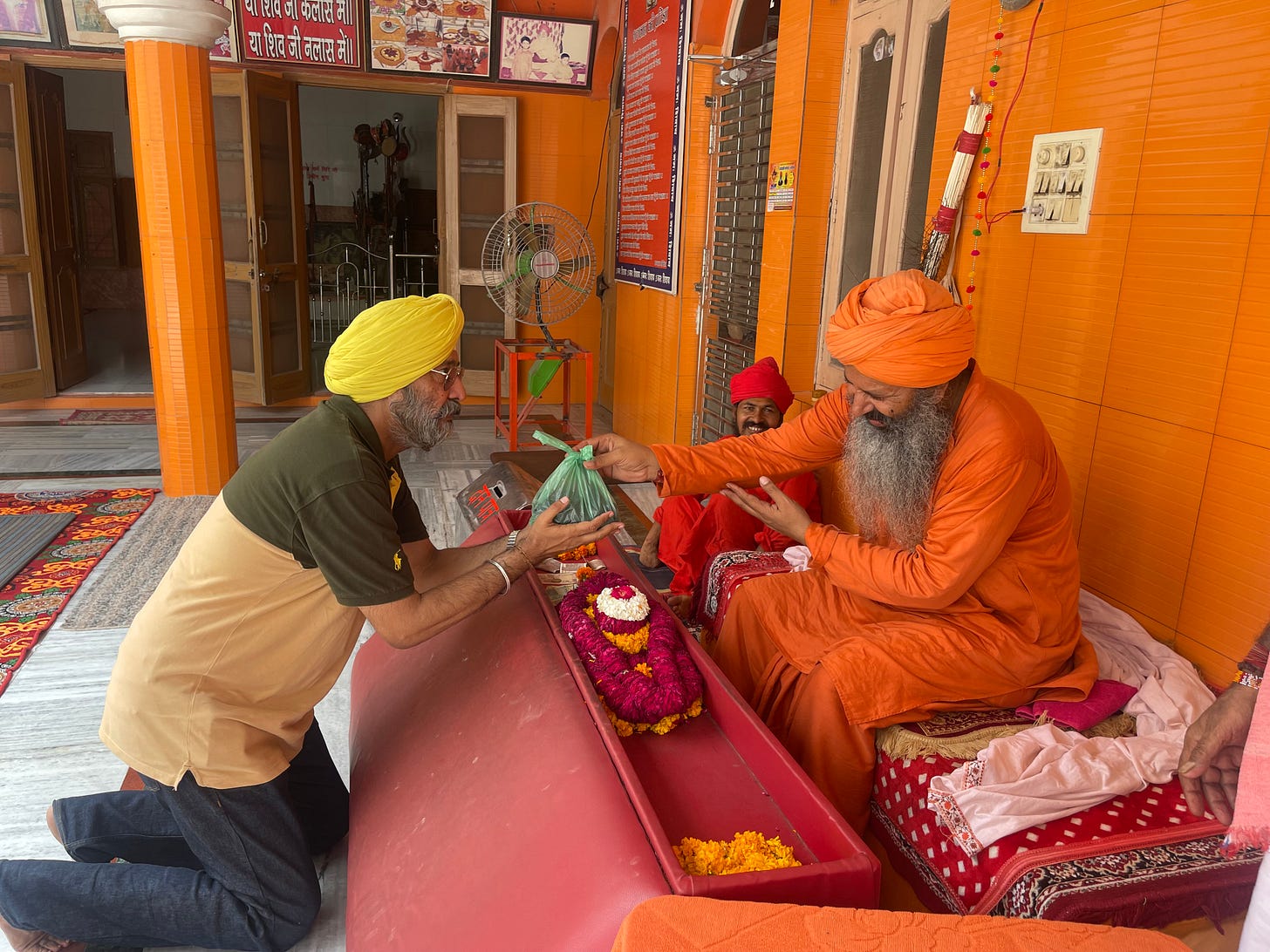
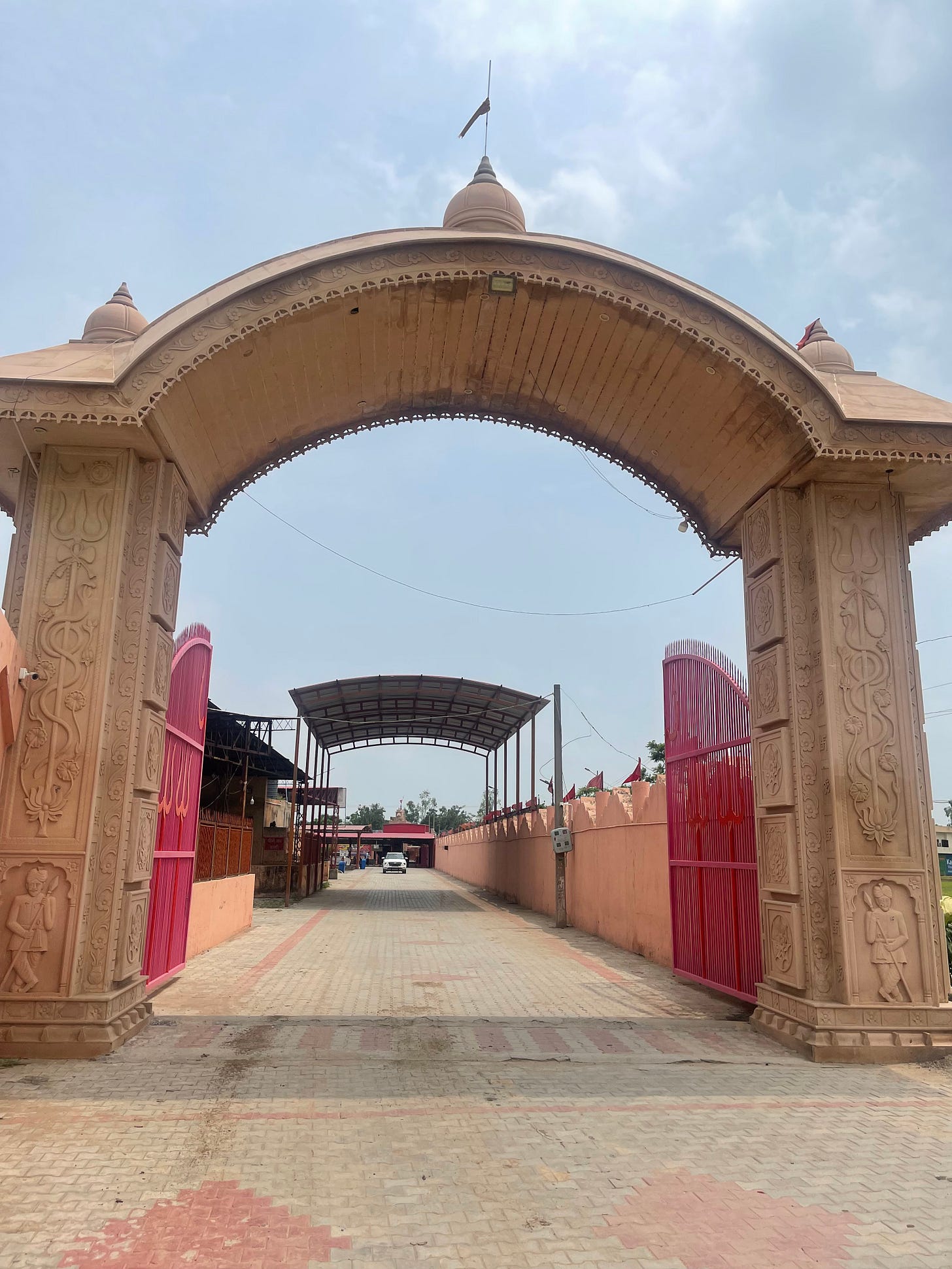
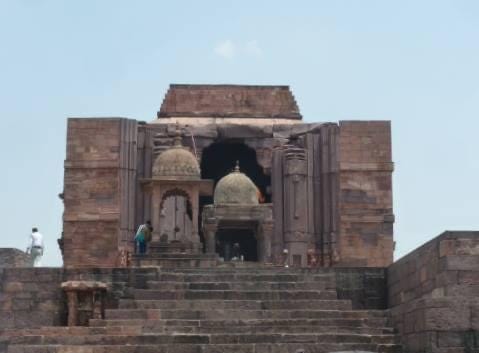
Your diverse knowledge is commendable Sir